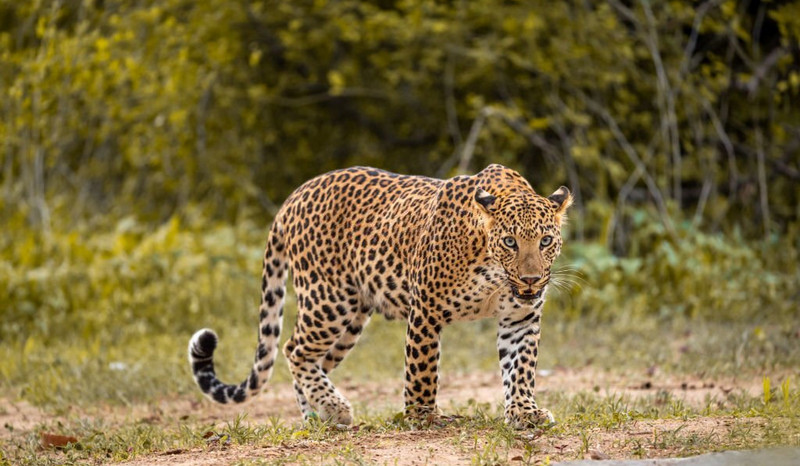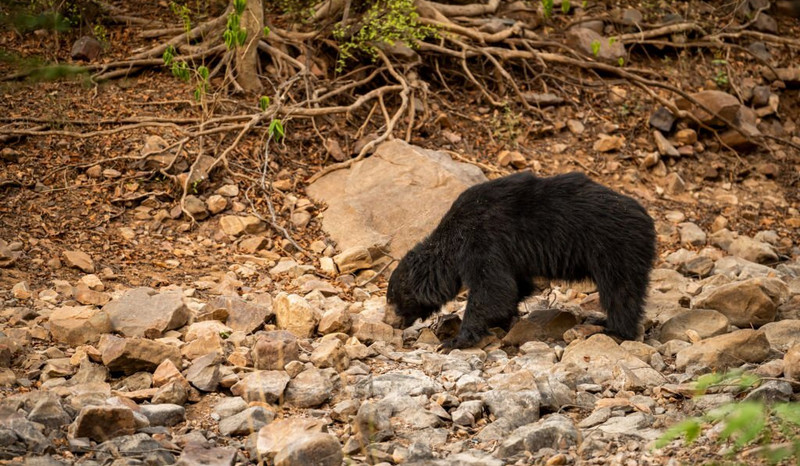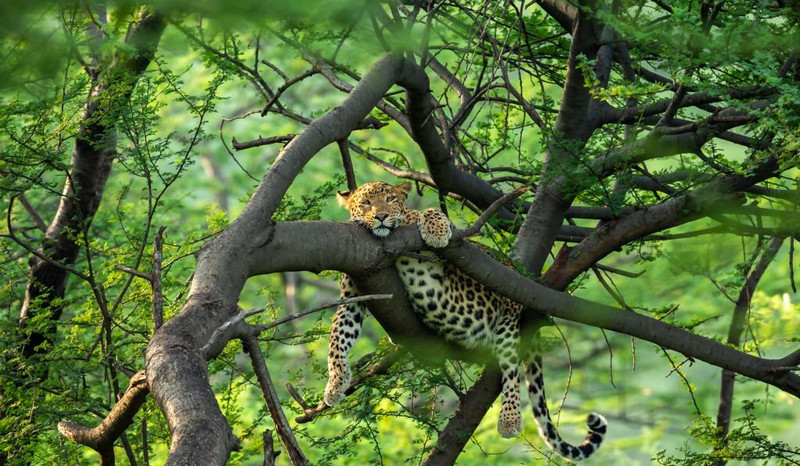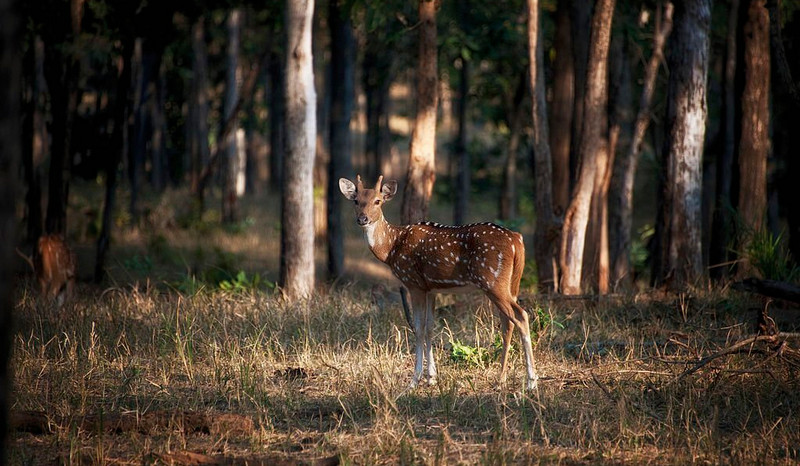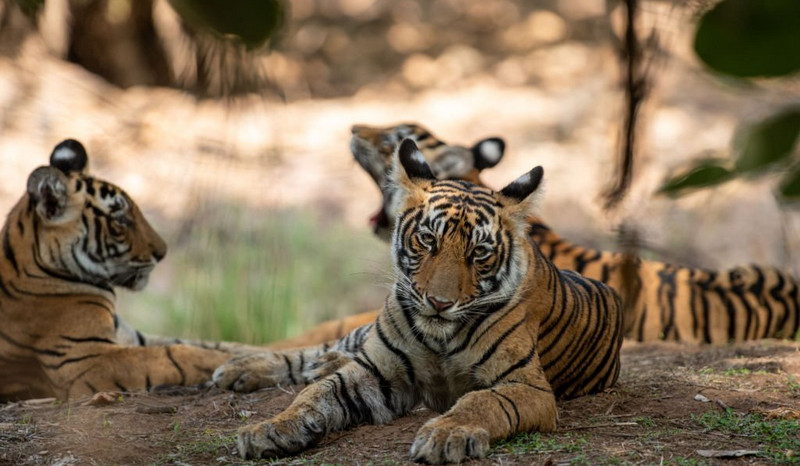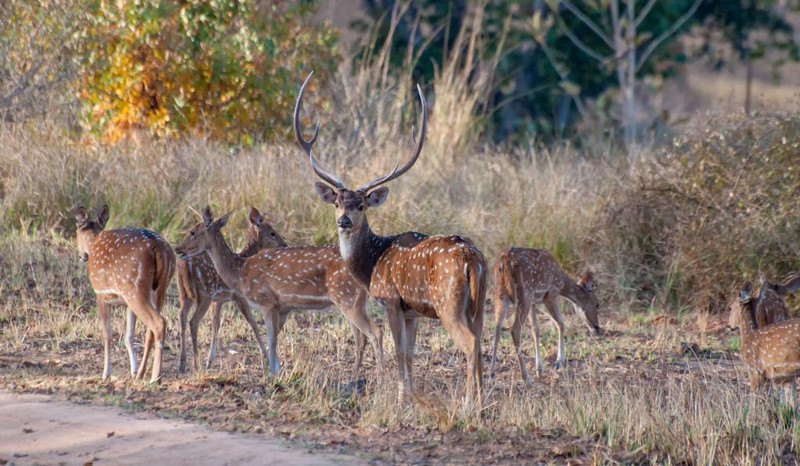Panna National Park
Madhya Pradesh
- Altitude: 211m – 540m above sea level
- Temperature: 15 – 40 degree Celsius
- Vegetation: Tropical and subtropical dry broadleaf forests belt
- Water Resources: Water Resources Ken and Betwa
- Core Area: 576 sq. km
- Buffer Area: 1022 sq. km
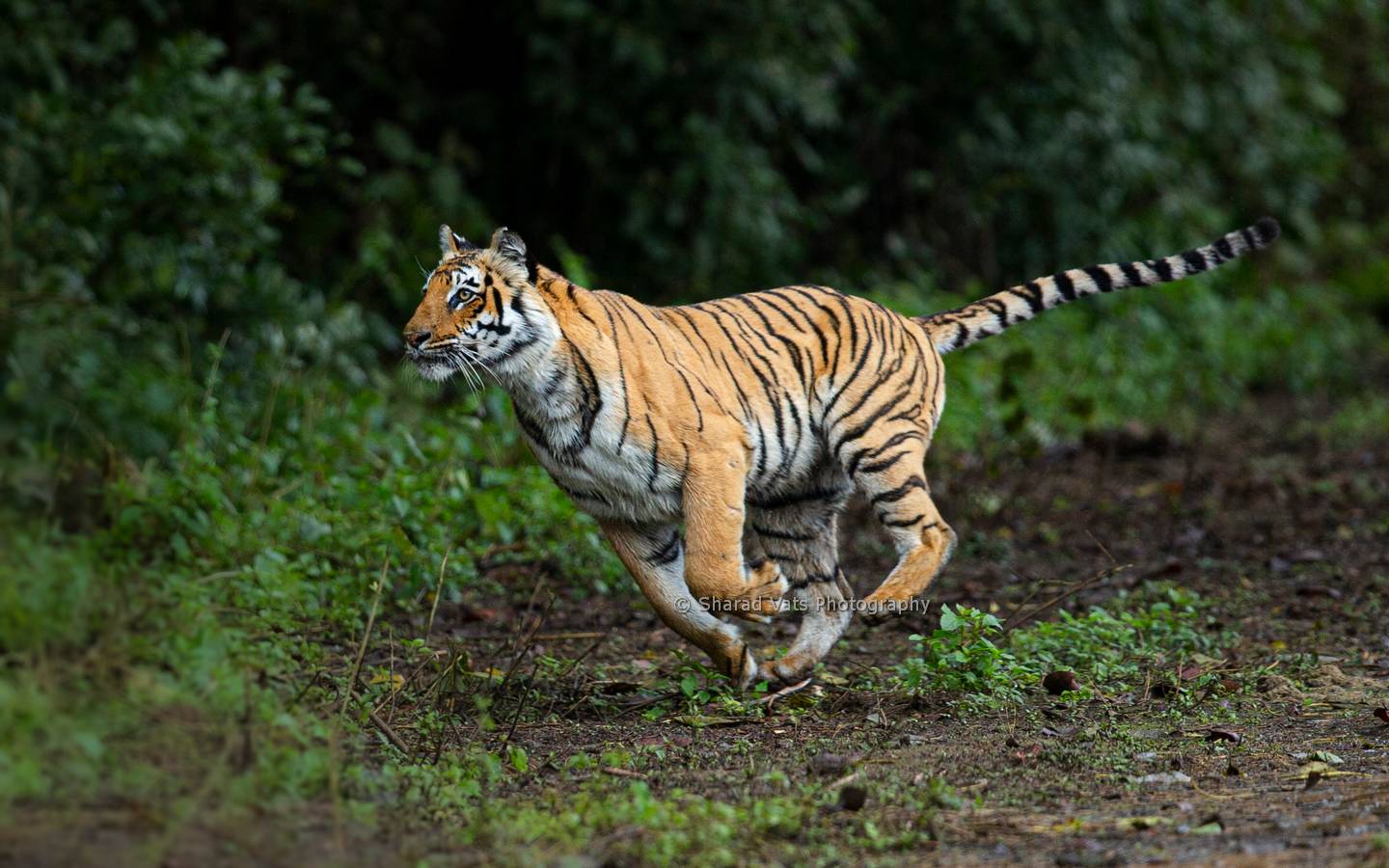
Brief about Panna National Park
Panna National Park, located in the Madhya Pradesh districts of Panna and Chattarpur, is the country’s 22nd tiger reserve and the sixth in the state. Panna Reserve, which covers 542.67 square kilometers and is located alongside the Ken River in Madhya Pradesh, India’s central state, is 57 kilometers from Khajuraho, a world heritage site. The Ministry of Tourism of India named Panna Tiger Reserve as one of the best managed and maintained national parks in India, and the park received the Award of Excellence in 2007.
Panna National Park made tiger conservation history. Between 2006 and 2008, this park lost all of its tigers to poachers. In 2009, three Tigers were moved from neighboring reserves to Panna. These Tigers made Panna their home, and today, thanks to Mr. Murthy, the Field Director at the time, the Tiger population has grown to 55. (cubs included). Tigers, Leopards, Sloth Bears, Crocodiles, Gharials, over 300 kinds of birds, deer, and monkeys now call this park home. Boat safaris, in addition to Jeep safaris, are a fantastic way to see crocodiles and riverine wildlife in the Ken.
On its route to the valley, the Ken River passes through this reserve, creating stunning waterfalls. There are various historical sites in the park, including stone paintings from the Neolithic Age. Panna is made up of deciduous forests and is home to other animals such as the Indian wolf, four-horned antelope, sloth bear pangolin, rusty spotted cat, leopard, carcal, and gharial.
Flora & Fauna in Panna National Park
Flora in Panna National Park
The climate in the Panna Tiger Reserve is arid and hot. Dry Teak and dry mixed forest thrive in this climate, which is aided by shallow Vindhyan soils. Miscellaneous dry deciduous woodland interspersed with grassland patches is the dominant vegetation type. Open grasslands, open woodlands, and riverine with tall grasses, as well as thorny forests, are other prominent forest types. Tectona grandis, Diospyros melanoxylon, Madhuca indica, Buchnania latifolia, Anogeissus latifolia, Anogeissus pendula, Lannea coromandelica, Bosswelia serrata, and others have been discovered in this area.
Fauna in Panna National Park
Panna is now India’s most exceptional, well-managed habitat for all of India’s many wildlife creatures. Vultures, cheetals, chinkaras, sambhar, and sloth bears are among the many species of flora and fauna that call the national park home. The king of the woods, the royal tigers (Panthera tigris), as well as leopards (Panthera pardus), wild dogs (Cuon alpinus), wolves (Canis lupus), hyaenas (Hyaena hyaena), caracals (Felus caracal), and other smaller cats, call Panna home.

